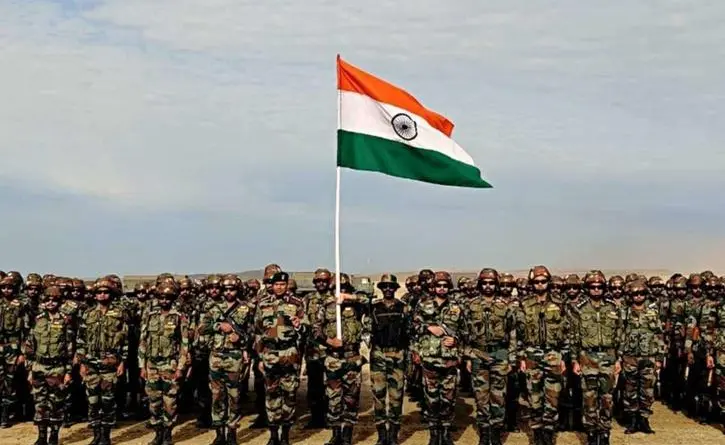The defence of India is not a job creation scheme, as many rioters seem to believe. India urgently needs to modernise its military capability, focusing on high-tech areas such as cyberwarfare, drones, missiles, and even space weapons. Boots on the ground still matter, but less than before. A thorough overhaul of human resources is imperative. The Agnipath scheme is just a small step in that direction but an important one. The government can tweak the details to assuage hurt aspirations but must not surrender to agitators as it did earlier in the case of land acquisition and farm reforms.
Currently most recruits serve for around 15 years and may then draw pensions for 50 years!
After the “One Rank One Pension” populist reform, defence spending on pensions exceeds that on military hardware. This is insane. Agnipath will reduce the pension bill gradually but very substantially. The money saved can be redirected to high-tech staff and equipment. India will have fewer but more skilled, better-equipped armed forces.
Agnipath aims to hire 46,000 ‘Agniveers’, of whom 34,000 will leave service after four years with lump-sum benefits of Rs 11 lakh. The ultimate aim is to have regular soldiers and Agniveers in a 50:50 ratio. This will reduce their average age from 32 years to 26, a huge improvement since younger soldiers are fitter and tougher.
However, the new approach must not be limited to the 1.2 million armed services personnel alone. India also has close to a million personnel in ten para-military and civilian security forces. The biggest of these is the Central Reserve Police Force with around 350,000 personnel, used for internal security and counter-insurgency. Next comes the Central Industrial Security Force with over 150,000 personnel, providing security for public sector corporations and departmental undertakings.
The Railways have a separate Railway Protection Force with 75, 000 personnel. The Assam Rifles look after security in the North-East, the Border Security Force staffs the borders with Pakistan and Bangladesh, the Indo-Tibetan Border Police staffs the border with China, and the Sashastra Seema Bal is deployed on the borders with Nepal and Bhutan.
Obviously, different tasks require different sorts of specialisation. But the current approach of having independent forces with separate procedures for recruitment and development is highly inefficient and expensive. It leads to excessive numbers, excessive salary and pension payments, and people of the wrong age in the wrong place.
It will make more sense to deploy youngsters in the armed services in their twenties, when they are fittest, then retrain them for para-military duties, and later still for civilian security duties. This general approach can be fine-tuned for the requirements of each force.
Every security force will require specialists, but a big chunk of staff in each force can be from the armed services. This will reduce total staff, salary, and pensions. That will dismay those who view wasteful proliferation of posts as “job creation.” Vested interests in each service will oppose reforms tooth and nail. Yet we surely need an integrated approach to security rather than unconnected silos.
Some critics say that soldiers with just a year or two of experience will be like kindergarten kids, unsuited for warfare. Phooey. In World War II, the British Indian Army hired over two million recruits who within a couple of years thrashed the earlier-triumphant Japanese Army. If this is what kindergarten kids can achieve, let’s have more of them.
Other critics warn that demobilising so many gun-trained youngsters in an era of high unemployment will mean leading them into crime, terrorism, or other forms of violence. The fear is vastly exaggerated. After World War II, countries across the globe demobilised maybe 40 million people. This caused a huge unemployment problem everywhere yet was managed peaceably with few exceptions.
Even today up to a lakh service members per year are demobilised in their thirties without violent outcomes (though of course they have the security of pensions). Civilian security services are expanding rapidly today in India and have become one of the greatest job creators. They will happily snap up trained Agniveers with four years of skills.
Unemployment is a huge problem today. Youngsters hoping to get into the armed forces on cushy terms are understandably angry with Agnipath, especially those fearing they will not be able to apply under the new age guidelines (which subsequently have been relaxed). But wasting limited military budgets on unwanted staff would be the worst possible way of tackling unemployment.
After the riots, the government explained that Agniveers would get preference in recruitment in other paramilitary services like the Assam Rifles. This sounds more an attempt to assuage the rioters than a well-planned strategy. India needs a major re-think to integrate its different security arms.
This article was originally published in The Times of India on June 18, 2022.


